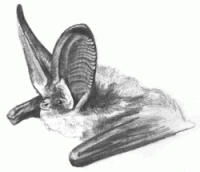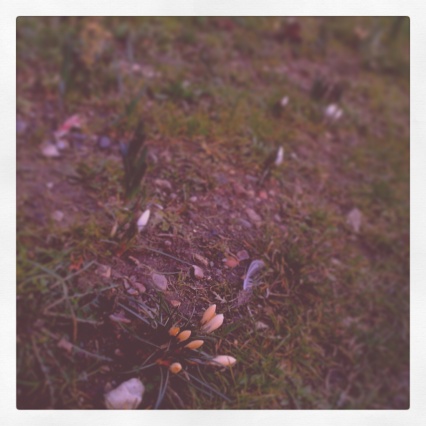Blossom, daffodils, blue, green, pink; my wool winter coat has been cast to back of my wardrobe, the windows beam with sunlight and birds chatter at dawn. It seems that spring is finally blooming here in London, drawing out shy flowers from the hard winter soil and gently waking up a whole range of animals from hibernation. Snakes, hedgehogs, bats, frogs, and bees all (very sensibly, if you ask me) escape the cold winter weather by hibernating in special habitats, before spending the balmy afternoons of springtime seeking food, a place to roost, and a mate. Bats will be struggling the most in this transition – according to the Bat Conservation trust, all of Britain’s species are endangered. It is a very sad thought that they are struggling to maintain their numbers: bats are intelligent and unusual animals, and an integral part of British wildlife. The image of a cloud of bats flitting in great arcs over roofs at the arrival of dusk is something that is quintessential of the British countryside; an important part of the landscape we must do our best to preserve.
Bats have gained an unfair reputation as blood-sucking, rabid little vermin, but really they are lovely, shy creatures who mind their own business and actually play an important part in keeping natural spaces healthy and thriving. None of the 17 British varieties of bats will sink its fangs into you and drink your blood – ours are all insectivores – and the three vampire bats that do exist (in Central and South America) are harmless, painlessly extracting inconsequential amounts of blood from pigs, chickens and other livestock. The association between bats and all things spooky and supernatural stems from the ancient Celtic summer festival of Samhain, when huge bonfires would attract insects and, naturally, their predators – the bats. The Celts believed that the spirits of the dead were present at these events, so they instinctively linked bats to messengers or signs of the spirit world.
Some cultures say that it’s lucky to have a bat in the house, but you’d be just as fortunate to have them in your garden. Just one of these little mammals can eat 2,000 – 6,000 insects in a single night, and even the teeny tiny pipistrelle bat can get through about 3,000. As for calling somebody “blind as a bat” – I suppose it could be taken as a compliment! Bats can actually see perfectly well in black and white, and have evolved echolocation to navigate in the dark and find prey. [‘Echolocation’ is a system used by animals whereby the creature emits a (usually high-pitched) sound that reflects off the object and returns to the animal’s ears. The animal then works out the distance of the object from the time it takes for the echo to return.]
You can make your garden bat-friendly, helping to boost their dwindling population and thrive post-hibernation, in a number of simple ways. You can encourage insects by extending the flowering season for as long as possible, and plant hedges, trees, and bushes to provide navigation aids and good roosts. Ponds and standing water without fish are a haven for insects like hoverflies, mosquitoes and midges, and you’ll soon see bats swooping over the water’s surface to catch their prey. For the ambitious, installing bat boxes on mature trees or the side of buildings is the ultimate bat-friendly act, and you can find out more on the Bat Conservation Trust website. Such small acts pile up to form a barricade around these elusive and misunderstood creatures and allow them to thrive, flinging their tiny bodies over the horizon at dusk and darting like tadpoles through the growing gloom.
A Daubenton’s bat is added to the corner of Hughes’s Pre-Raphaelite painting to portray a scene of rural English whimsy. Daubenton’s bats are sometimes known as water bats as they feed insects on the surface of the water. This one hunts in the bottom-left corner underneath the willow tree.




